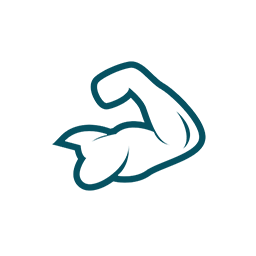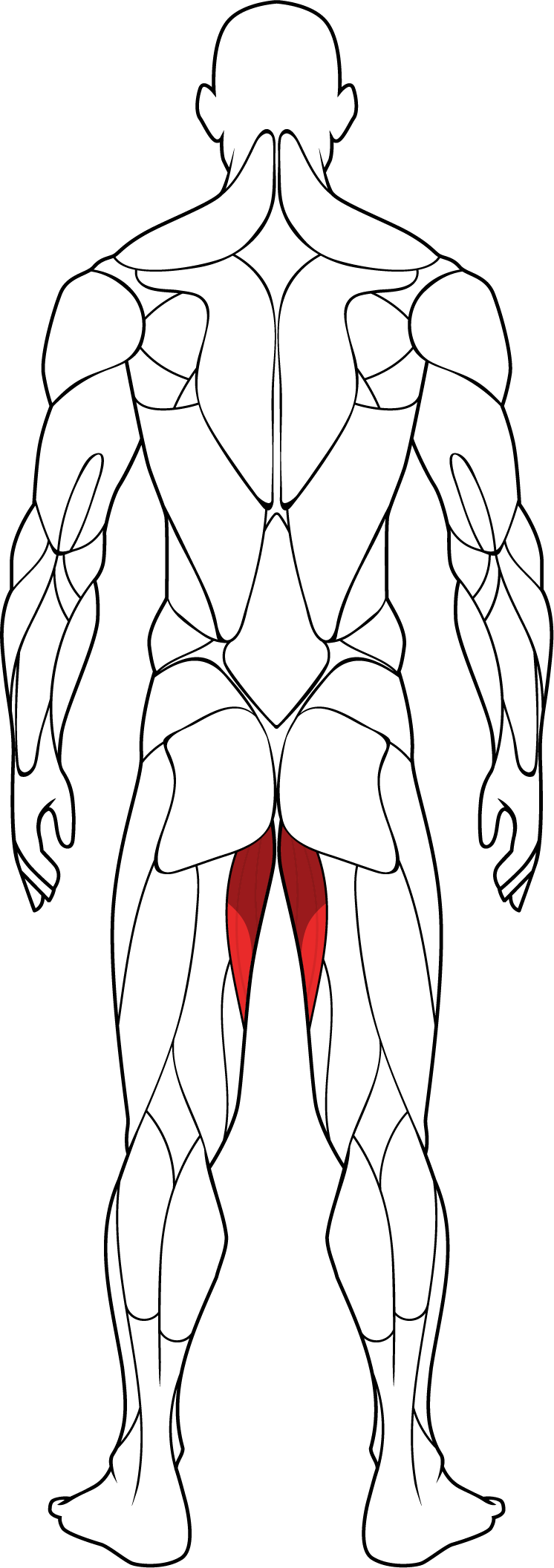The adductors are a group of muscles located on the inner side of the thigh that are responsible for bringing the legs together towards the midline of the body. These muscles play a crucial role in movements such as walking, running, and jumping, as well as providing stability to the hip joint and pelvis. The adductors work in opposition to the abductors, which are located on the outer side of the thigh and move the legs away from the midline.
The adductor muscles include:
Adductor Longus: This muscle is the longest and most superficial of the adductor group. It originates from the pubic bone and inserts into the middle of the femur (thigh bone). The adductor longus primarily functions to adduct the thigh (bring it towards the midline) and assist in flexing the hip joint.
Adductor Brevis: As the name suggests, this muscle is shorter in length compared to the adductor longus. It also originates from the pubic bone but inserts into the upper part of the femur, just below the adductor longus. The adductor brevis contributes to adduction of the thigh and stabilization of the hip joint.
Adductor Magnus: This is the largest and most powerful muscle of the adductor group. It has a complex origin from the pelvis and thigh bones and inserts into the femur and the back of the knee (via the adductor tubercle). The adductor magnus not only performs thigh adduction but also assists in hip extension and stabilization of the pelvis during walking and running.
Gracilis: Although not technically part of the adductor group, the gracilis muscle is often included in discussions about the inner thigh muscles due to its adducting action. It originates from the pubic bone and inserts into the tibia (shinbone). In addition to thigh adduction, the gracilis also flexes the knee joint and assists in hip adduction and rotation.
Pectineus: Another muscle that contributes to thigh adduction is the pectineus. It originates from the front of the pelvis and inserts into the upper part of the femur. The pectineus also assists in flexing the hip joint and is considered part of the hip flexor group.
Together, the adductor muscles play a crucial role in stabilizing the pelvis, maintaining proper alignment of the lower body, and supporting various movements of the hip and thigh. Strengthening the adductors can help improve lower body stability, prevent injuries, and enhance athletic performance. Exercises that target the adductors include side lunges, hip adduction machine exercises, cable adductions, and various inner thigh strengthening exercises. It's important to include a variety of movements that target the adductor muscles to ensure balanced strength and flexibility in the inner thigh region.
Adductor Longus: This muscle is the longest and most superficial of the adductor group. It originates from the pubic bone and inserts into the middle of the femur (thigh bone). The adductor longus primarily functions to adduct the thigh (bring it towards the midline) and assist in flexing the hip joint.
Adductor Brevis: As the name suggests, this muscle is shorter in length compared to the adductor longus. It also originates from the pubic bone but inserts into the upper part of the femur, just below the adductor longus. The adductor brevis contributes to adduction of the thigh and stabilization of the hip joint.
Adductor Magnus: This is the largest and most powerful muscle of the adductor group. It has a complex origin from the pelvis and thigh bones and inserts into the femur and the back of the knee (via the adductor tubercle). The adductor magnus not only performs thigh adduction but also assists in hip extension and stabilization of the pelvis during walking and running.
Gracilis: Although not technically part of the adductor group, the gracilis muscle is often included in discussions about the inner thigh muscles due to its adducting action. It originates from the pubic bone and inserts into the tibia (shinbone). In addition to thigh adduction, the gracilis also flexes the knee joint and assists in hip adduction and rotation.
Pectineus: Another muscle that contributes to thigh adduction is the pectineus. It originates from the front of the pelvis and inserts into the upper part of the femur. The pectineus also assists in flexing the hip joint and is considered part of the hip flexor group.
Together, the adductor muscles play a crucial role in stabilizing the pelvis, maintaining proper alignment of the lower body, and supporting various movements of the hip and thigh. Strengthening the adductors can help improve lower body stability, prevent injuries, and enhance athletic performance. Exercises that target the adductors include side lunges, hip adduction machine exercises, cable adductions, and various inner thigh strengthening exercises. It's important to include a variety of movements that target the adductor muscles to ensure balanced strength and flexibility in the inner thigh region.


